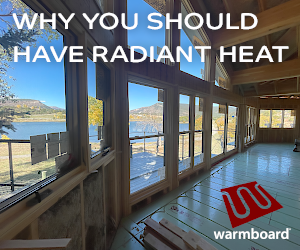The Colorado State Forest Service recommends establishing a defensible space around a home to slow the progress of an encroaching fire.
The design of each home’s defensible space depends on several factors, CSFS noted, including the size and presence of any other buildings, the type of materials the home is built with, the slope of the ground, the surrounding typography and, of course, the type of vegetation surrounding the home. However, the agency offers some basic guidelines to begin.
RELATED: Defensive Design for Resilient Landscapes
Zone 1: In the 15 to 30 feet immediately surrounding a home, CSFS recommends clearing away flammable vegetation except for low-growing shrubs or fire-resistant plants (if the home is built with noncombustible siding like stucco or brick). Even homes with noncombustible siding should not have anything planted directly under windows or next to vents.
The agency notes that any decks or trees in this zone should be considered part of the structure.
Regular maintenance, including irrigation during the growing season, and pruning and clearing away dead and dry plant material, will also keep fuel sources to a minimum during a fire.
Homeowner behavior can also put them at risk. Using the area under a deck for storage or keeping firewood within 30 feet of the house just puts more fuel between their home and a fire, the last place they want it.
Zone 2: Homes built on a slope will require a wider area in zone 2, but typically this area should extend to 100 feet beyond the structure (including any decks and trees that aren’t removed), according to CSFS. That could be beyond the structure’s property line, meaning some homeowners may have to work with their neighbors to create a defensible space that will protect all of their homes.
CSFS recommends thinning trees and shrubs to leave at least 10 feet between crowns, and between the ground and the lowest branch. Tree clumps should have at least 30 feet between groups, CSFS recommends.
Zone 3: Homeowners in suburban areas probably won’t encounter zone 3 planning needs, as they’ll most likely reach their neighbor’s property line before they get 100 feet away from their home. However, customers in heavily wooded areas or with properties that abut open space or greenbelts may have concerns about these areas. CSFS recommends reaching out to community foresters for help managing this zone.







